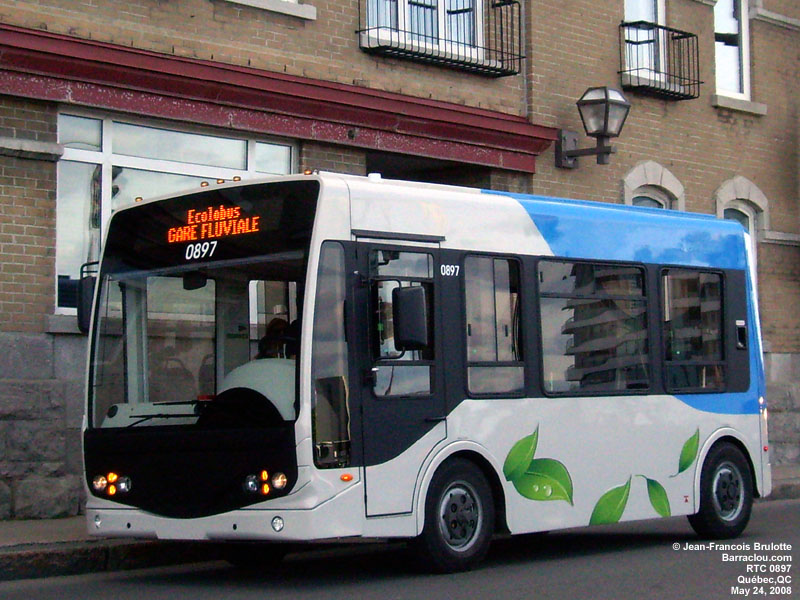They are also much worse for bunching. Any high frequency corridor will typically have buses passing one another at alternating stops. This practice can't be followed on trolley buses, so dwell times on the first bust get drawn out longer and longer, while less crowded busses stack up behind it.
There is a limit to bus ridership, beyond which buses bunch as you mention, but no bus route in Boston is even close to hitting it. New York has multiple bus routes in the 50,000 weekday riders region. Vancouver has a route with more than 50,000. These are all at the limit of what buses can do, with frequent bunching, but at the same time, Boston's busiest bus has 16,000 weekday riders.
In Vancouver, on corridors with local and limited-stop buses, the local buses are trolleys and the limiteds are diesel. Vancouver's busiest bus is the diesel limited 99, but the second busiest, the 20, is a trolley, with 27,900 weekday riders. The 8 and 3 are trolleys with 20,000 weekday riders each, and a substantial shared inner segment, before they diverge and serve two parallel arterials. The shared segment has countdown clocks telling people when the next bus of each route will come, and it seems to work.
I do not think the 20, 8, and 3 have signal priority. I know for a fact that the 99 and the third busiest bus route, the 9, which runs in the same corridor, do not, although the corridor does give through-traffic priority over intersecting traffic. None of these routes, except the 99, has POP. However, the bus fleet is 100% low-floor, which speeds up boarding. Moreover, there are monthly passes, and most passengers board from the front and show them to the driver quickly, without needing to insert or tap a card.

